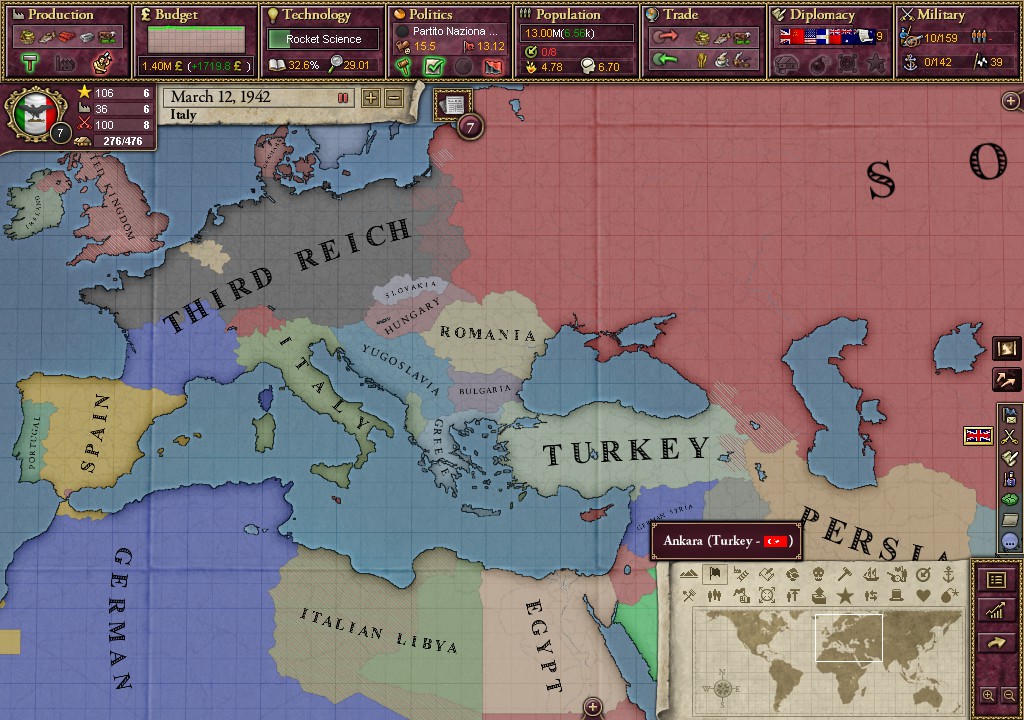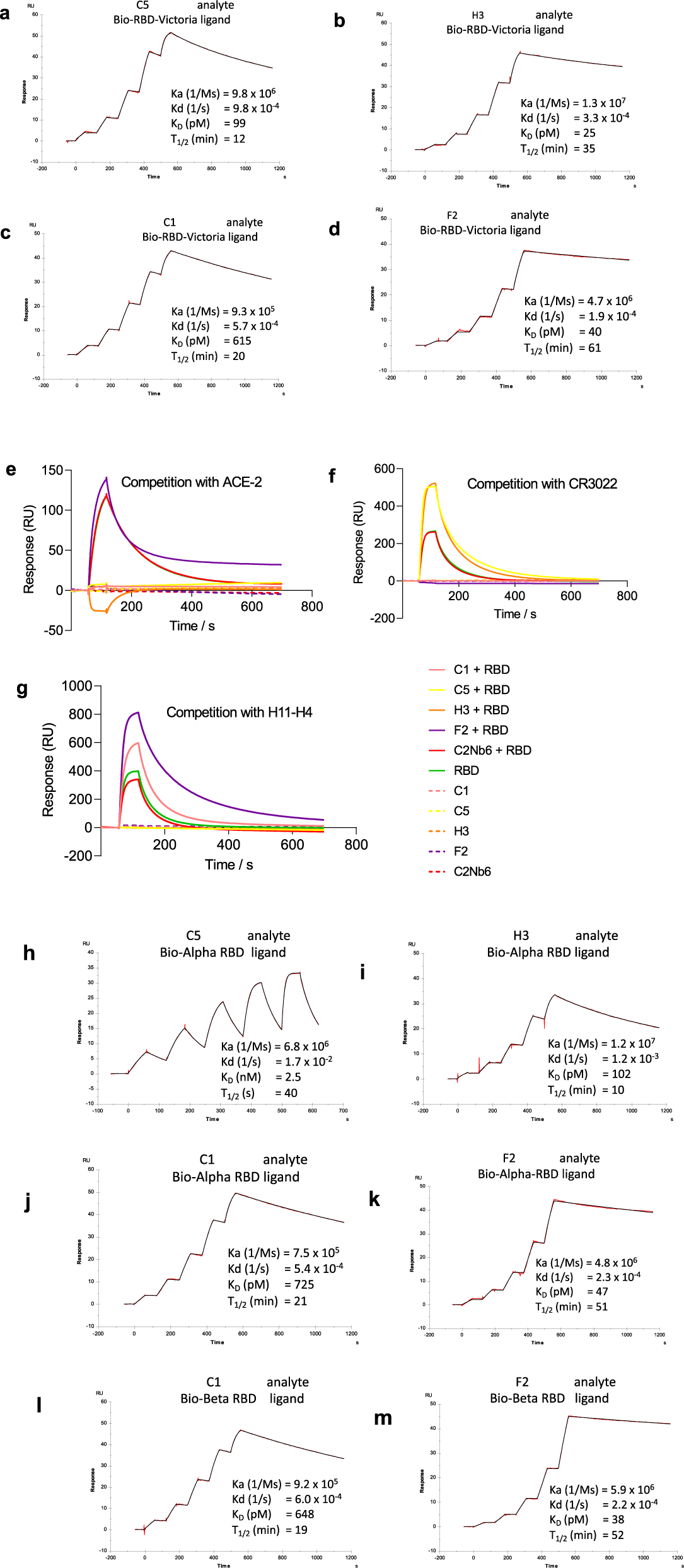

The stations in Terra Nova bay also accept tourist visits.

Most tourism activities in the region occurs at Cape Adare, with 200-300 landings per year. Italy also oversee airfields in the region-one at Browning Pass and the second at Enigma Lake with a third gravel runway under construction.

All stations are situated at the southern end of the ecoregion in the vicinity of Terra Nova Bay and might have up to 230 scientists visiting each year. Three countries maintain Antarctic bases in this ecoregion: Italy (Mario Zuccelli), Germany (Gondwana), and South Korea (Jang Bogo). Other birdlife breeding the ice-free areas are rare, although South polar skuas breed in the region and a large colony of emperor penguins breed on the sea ice adjacent to the ice-free areas of this region. The coastal areas of this ecoregion support many thousands of breeding Adélie penguins with 21 colonies containing over 750,000 breeding pairs, or around 15% or the global breeding population.5 The largest of these colonies is at Cape Adare, which is estimated to hold almost 340,000 breeding pairs in the summer months. The flagship species of the North Victoria Land Tundra ecoregion is the south polar skua.

Melbourne is also known to support a unique and diverse biological community including moss, liverworts and terrestrial algae. A small area with geothermal soils on the summit of Mt. Eleven of the invertebrates were recorded at Cape Hallett, including three species of springtails and eight mite species. Other well-known areas include Terra Nova Bay, Cape Hallett, and Cape Washington.Īlthough inhospitable over much of the higher areas, there is considerable biodiversity in this ecoregion, including over thirty different species of mosses, more than 100 species of lichen and at least 13 species of invertebrates. The region includes Cape Adare, which was an important landing site and base camp in early Antarctic exploration and the location of some of the first structures built in Antarctica. Nevertheless, the coastal regions are relatively rich in birdlife, particularly Adélie penguins. Most of the higher areas are inland, including the well-known Admiralty Mountains.ĭue to the high altitude and exposure, it is a cold, windy ecoregion with large areas that are inhospitable to higher forms of life. It rises to a maximum elevation of almost 4,000 m with a mean height of approximately 1,500 m across the region. It consists of large areas of connected permanently ice-free land, much of it forming deep valleys and high ridges. The North Victoria Land tundra ecoregion is the third largest ecoregion in Antarctica.


 0 kommentar(er)
0 kommentar(er)
